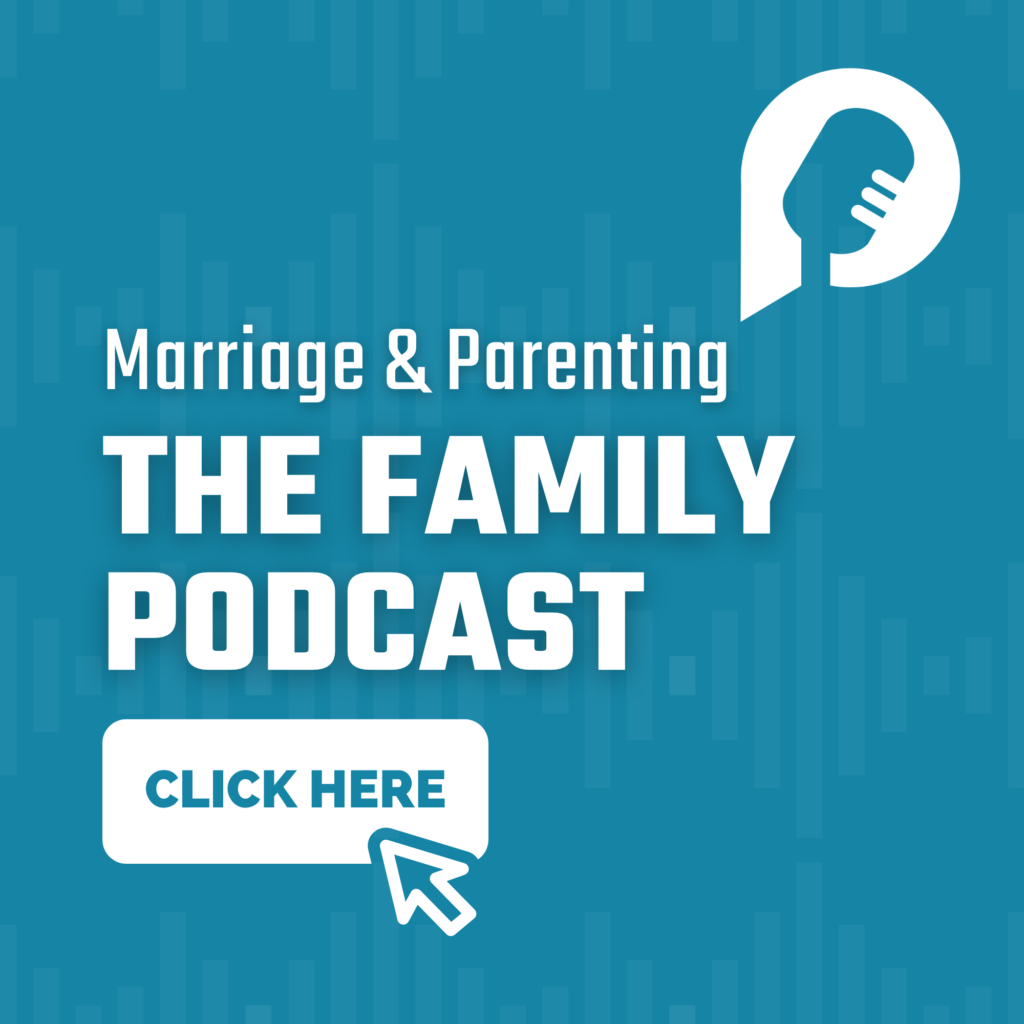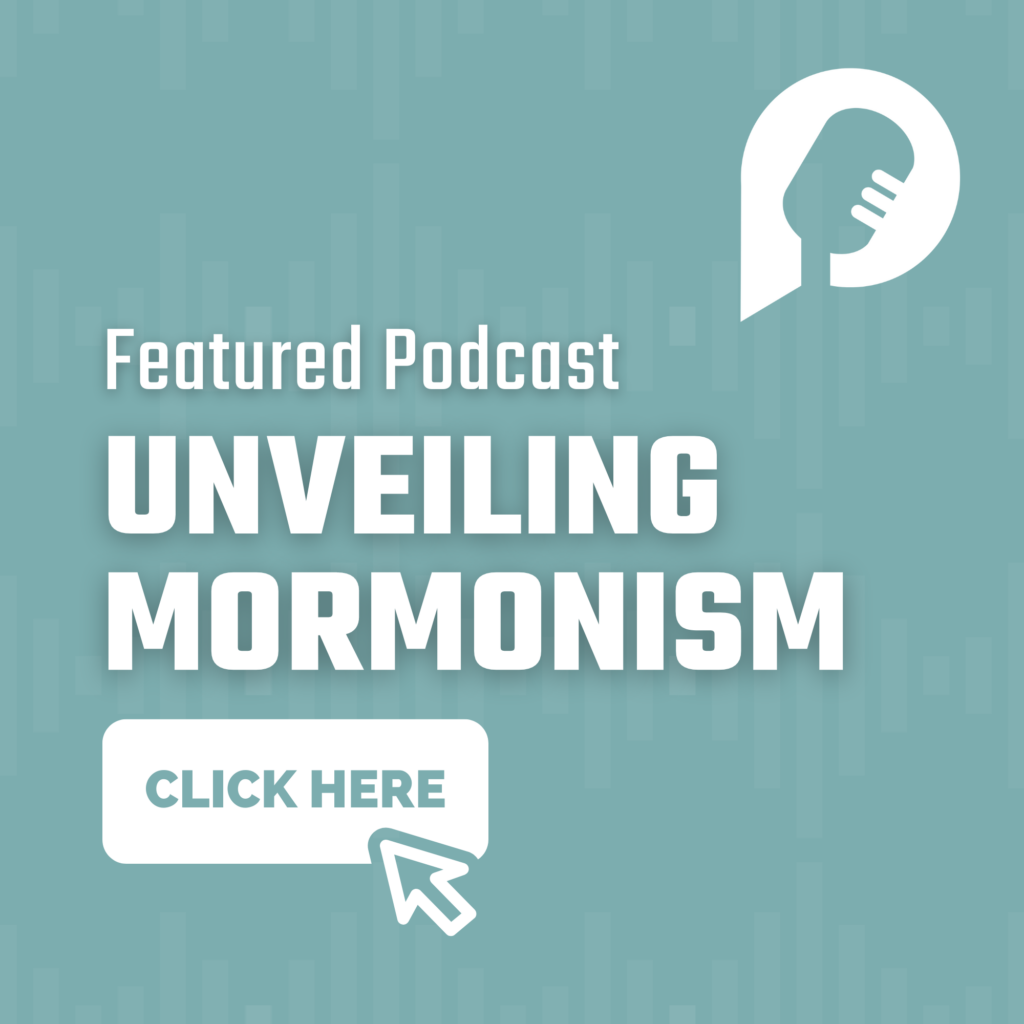Transitions in a worship set can make the difference between a mediocre worship experience or a great worship experience.
When we are talking about transitions, we are talking about how we are going to get from one song to the next. Transitions should be well thought through, just like anything else in our music. The main role of a transition is to help keep the attention right where it should be: on worshipping God. If a transition is done well, it should be hardly noticed at all.
Here are some things to think about when planning your transitions:
Pick the best type
There are two mains ways to transition from one song to the next:
- Stop-start
- Seamless
A stop-start transition means that you have a distinct break in between songs. This transition works well if it is a more upbeat song, in which the congregation will clap afterwards, or if you have something planned that you wanted to say or you want to read a Bible verse. A seamless transition means that the music never really stops from one song to the next. This transition helps people stay more engaged in the music and leaves less room for distractions.
Consider common chords
Obviously two songs in the same key work well, but so do keys that have common chords, such as the key of D and the key of A, who share the chords A, Bm, D and F#m. So if my first song was in the key of C and my next song was in the key of G, I could play a C chord to transition, because C is used in both keys. Using a common chord can help you pivot from one key to another seamlessly.
Know your set
Perhaps the set would do best with a seamless transition at one point in the set but do better with a stop-start at another point. You want to mix up how you do the transitions in your set, as to make it more interesting and less monotonous. If you just do all stop-start transitions, people will never fully engage, but if you do only seamless transitions, people may feel overwhelmed by the amount of non-stop music. Sometimes it is good to be quiet and sometimes it good to make noise.
Discussion Questions:
- Watch the video together or invite someone to summarize the topic.
- What is your initial reaction to this video? Do you disagree with any of it? What jumped out at you?
- Have you noticed transitions at church, concerts, performances, etc.? How well were they executed?
- Considering the type of music you play, what kind of transitions do you think would work best at your church? How could transitions help your worship?
- What kind of transitions are you best at? Which could you work more on?
- Can you think of any other ways to transition besides stop-start and seamless?
- Write a personal action step based on this conversation.






